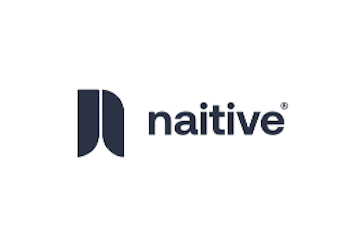
June 19, 2025 — Naitive Technologies has published results demonstrating the diagnostic performance of its AI-powered tool, OsteoSight, for identifying people at risk of low bone mineral density (BMD).
The results, published in Osteoporosis International, validate the utility of OsteoSight in detecting low BMD using routine X-rays that have been taken for other purposes.
“These findings represent a meaningful advancement in our ability to identify patients at risk of osteoporosis earlier in their care journey. By leveraging existing X-rays, OsteoSight provides clinicians with a practical and effective tool to case-find patients with low bone mineral density — a key predictor of fracture risk — that might otherwise go unnoticed. This type of opportunistic assessment is exactly the kind of innovation we need to close the diagnosis gap and improve long-term outcomes for patients,” said Robert J. Pignolo, M.D., Ph.D., Professor of Geriatric Medicine at Mayo Clinic, who is a member of the Naitive scientific advisory board and co-authored the paper.
During the study, which used a large and diverse US cohort, a series of performance tests were conducted to evaluate the diagnostic accuracy, reproducibility, and the impact of clinical confounders on diagnostic accuracy. The tool achieved high diagnostic accuracy, with an AUROC of 0.834 [0.789–0.880] and maintained its diagnostic performance across subgroups of clinical confounders and X-ray manufacturers, demonstrating its suitability for real world, clinical applications. Importantly, the study highlighted the ability of OsteoSight to correctly exclude mislabeled images or those with metalwork, providing an additional safety mechanism that reinforces clinician confidence in the AI tool.
“We’re proud to share these results with the clinical community as a key milestone in our mission to build AI that clinicians can trust. By embedding safeguards that enable OsteoSight to recognize and exclude unreliable inputs, such as mislabeled data, we’re reinforcing its role as a dependable, high-trust source of clinical insight. That trust is critical to driving adoption, and adoption is essential for enabling earlier detection and intervention for osteoporosis, ultimately leading to better outcomes for patients,” said Dr. Will Briggs, CEO of Naitive.
Despite causing millions of fractures annually and costing health systems billions1, osteoporosis, characterized by progressive loss of bone density, remains widely underdiagnosed and undertreated2, often detected only after a fracture occurs. OsteoSight addresses this issue by enabling health systems to leverage routine X-rays, taken for various other reasons, to opportunistically identify people with low BMD, potentially allowing for earlier interventions and the prevention of fractures.
Read the full paper here: https://link.springer.com/article/10.1007/s00198-025-07487-0
Learn more at Naitive.com.
References
1. www.thelancet.com/journals/lanhl/article/PIIS2666-7568(21)00172-0/fulltext


 December 03, 2025
December 03, 2025 








